Capital One 2013 Annual Report Download - page 217
Download and view the complete annual report
Please find page 217 of the 2013 Capital One annual report below. You can navigate through the pages in the report by either clicking on the pages listed below, or by using the keyword search tool below to find specific information within the annual report.-
 1
1 -
 2
2 -
 3
3 -
 4
4 -
 5
5 -
 6
6 -
 7
7 -
 8
8 -
 9
9 -
 10
10 -
 11
11 -
 12
12 -
 13
13 -
 14
14 -
 15
15 -
 16
16 -
 17
17 -
 18
18 -
 19
19 -
 20
20 -
 21
21 -
 22
22 -
 23
23 -
 24
24 -
 25
25 -
 26
26 -
 27
27 -
 28
28 -
 29
29 -
 30
30 -
 31
31 -
 32
32 -
 33
33 -
 34
34 -
 35
35 -
 36
36 -
 37
37 -
 38
38 -
 39
39 -
 40
40 -
 41
41 -
 42
42 -
 43
43 -
 44
44 -
 45
45 -
 46
46 -
 47
47 -
 48
48 -
 49
49 -
 50
50 -
 51
51 -
 52
52 -
 53
53 -
 54
54 -
 55
55 -
 56
56 -
 57
57 -
 58
58 -
 59
59 -
 60
60 -
 61
61 -
 62
62 -
 63
63 -
 64
64 -
 65
65 -
 66
66 -
 67
67 -
 68
68 -
 69
69 -
 70
70 -
 71
71 -
 72
72 -
 73
73 -
 74
74 -
 75
75 -
 76
76 -
 77
77 -
 78
78 -
 79
79 -
 80
80 -
 81
81 -
 82
82 -
 83
83 -
 84
84 -
 85
85 -
 86
86 -
 87
87 -
 88
88 -
 89
89 -
 90
90 -
 91
91 -
 92
92 -
 93
93 -
 94
94 -
 95
95 -
 96
96 -
 97
97 -
 98
98 -
 99
99 -
 100
100 -
 101
101 -
 102
102 -
 103
103 -
 104
104 -
 105
105 -
 106
106 -
 107
107 -
 108
108 -
 109
109 -
 110
110 -
 111
111 -
 112
112 -
 113
113 -
 114
114 -
 115
115 -
 116
116 -
 117
117 -
 118
118 -
 119
119 -
 120
120 -
 121
121 -
 122
122 -
 123
123 -
 124
124 -
 125
125 -
 126
126 -
 127
127 -
 128
128 -
 129
129 -
 130
130 -
 131
131 -
 132
132 -
 133
133 -
 134
134 -
 135
135 -
 136
136 -
 137
137 -
 138
138 -
 139
139 -
 140
140 -
 141
141 -
 142
142 -
 143
143 -
 144
144 -
 145
145 -
 146
146 -
 147
147 -
 148
148 -
 149
149 -
 150
150 -
 151
151 -
 152
152 -
 153
153 -
 154
154 -
 155
155 -
 156
156 -
 157
157 -
 158
158 -
 159
159 -
 160
160 -
 161
161 -
 162
162 -
 163
163 -
 164
164 -
 165
165 -
 166
166 -
 167
167 -
 168
168 -
 169
169 -
 170
170 -
 171
171 -
 172
172 -
 173
173 -
 174
174 -
 175
175 -
 176
176 -
 177
177 -
 178
178 -
 179
179 -
 180
180 -
 181
181 -
 182
182 -
 183
183 -
 184
184 -
 185
185 -
 186
186 -
 187
187 -
 188
188 -
 189
189 -
 190
190 -
 191
191 -
 192
192 -
 193
193 -
 194
194 -
 195
195 -
 196
196 -
 197
197 -
 198
198 -
 199
199 -
 200
200 -
 201
201 -
 202
202 -
 203
203 -
 204
204 -
 205
205 -
 206
206 -
 207
207 -
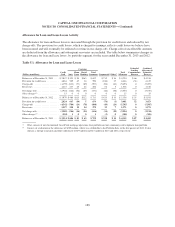 208
208 -
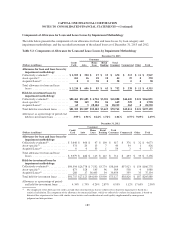 209
209 -
 210
210 -
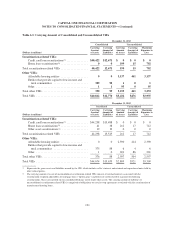 211
211 -
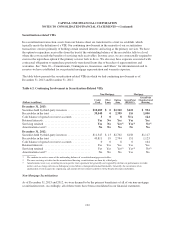 212
212 -
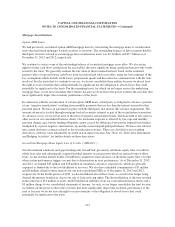 213
213 -
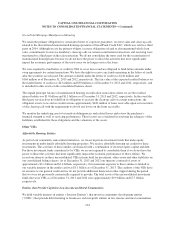 214
214 -
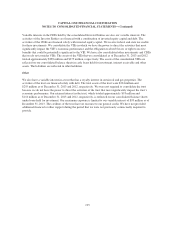 215
215 -
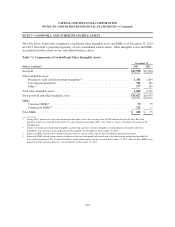 216
216 -
 217
217 -
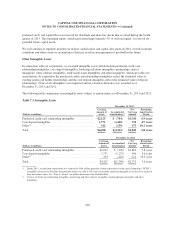 218
218 -
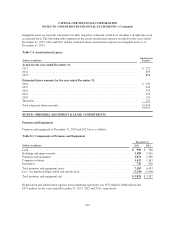 219
219 -
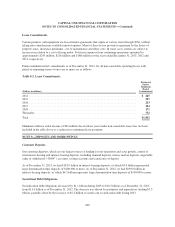 220
220 -
 221
221 -
 222
222 -
 223
223 -
 224
224 -
 225
225 -
 226
226 -
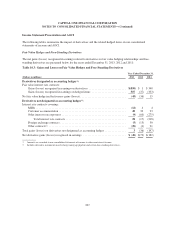 227
227 -
 228
228 -
 229
229 -
 230
230 -
 231
231 -
 232
232 -
 233
233 -
 234
234 -
 235
235 -
 236
236 -
 237
237 -
 238
238 -
 239
239 -
 240
240 -
 241
241 -
 242
242 -
 243
243 -
 244
244 -
 245
245 -
 246
246 -
 247
247 -
 248
248 -
 249
249 -
 250
250 -
 251
251 -
 252
252 -
 253
253 -
 254
254 -
 255
255 -
 256
256 -
 257
257 -
 258
258 -
 259
259 -
 260
260 -
 261
261 -
 262
262 -
 263
263 -
 264
264 -
 265
265 -
 266
266 -
 267
267 -
 268
268 -
 269
269 -
 270
270 -
 271
271 -
 272
272 -
 273
273 -
 274
274 -
 275
275 -
 276
276 -
 277
277 -
 278
278 -
 279
279 -
 280
280 -
 281
281 -
 282
282 -
 283
283 -
 284
284 -
 285
285 -
 286
286 -
 287
287 -
 288
288 -
 289
289 -
 290
290 -
 291
291 -
 292
292 -
 293
293 -
 294
294 -
 295
295 -
 296
296 -
 297
297 -
 298
298 -
 299
299 -
 300
300 -
 301
301 -
 302
302
 |
 |

CAPITAL ONE FINANCIAL CORPORATION
NOTES TO CONSOLIDATED FINANCIAL STATEMENTS—(Continued)
Goodwill
The following table presents goodwill attributable to each of our business segments as of December 31, 2013 and
2012.
Table 7.2: Goodwill Attributable to Business Segments
(Dollars in millions)
Credit
Card
Consumer
Banking
Commercial
Banking Total
Balance as of December 31, 2011 ............................ $4,691 $4,583 $4,318 $13,592
Acquisitions ............................................. 304 0 0 304
Other adjustments ......................................... 8 0 0 8
Balance as of December 31, 2012 ............................ $5,003 $4,583 $4,318 $13,904
Acquisitions ............................................. 0 3 70 73
Other adjustments ......................................... 2 (1) 0 1
Balance as of December 31, 2013 ............................ $5,005 $4,585 $4,388 $13,978
Goodwill was not impaired at December 31, 2013 or 2012, nor was any goodwill written off due to impairment
during 2013, 2012 or 2011. The goodwill impairment test, performed at October 1 of each year, is a two-step test.
The first step identifies whether there is potential impairment by comparing the fair value of a reporting unit to
the carrying amount, including goodwill. If the fair value of a reporting unit is less than its carrying amount, the
second step of the impairment test is required to measure the amount of any impairment loss.
The fair value of reporting units is calculated using a discounted cash flow model, a form of the income
approach. The model projects cash flows based on each reporting unit’s internal forecast and uses the perpetuity
growth method to calculate terminal values. These cash flows and terminal values are then discounted using
appropriate discount rates, which are largely based on our external cost of equity with adjustments for risk
inherent in each reporting unit. Cash flows are adjusted, as necessary, in order to maintain each reporting unit’s
equity capital requirements. Our discounted cash flow analysis requires management to make judgments about
future loan and deposit growth, revenue growth, credit losses, and capital rates. Discount rates used in 2013 for
the reporting units ranged from 8.0% to 12.5%. The key inputs into the discounted cash flow analysis were
consistent with market data, where available, indicating that assumptions used were within a reasonable range of
observable market data. Based on our analysis, fair value exceeded the carrying amount for all reporting units as
of our annual testing date, therefore, the second step of impairment testing was unnecessary.
As part of the annual goodwill impairment test, we also assess our market capitalization based on the average
market price relative to the aggregate fair value of our reporting units and determined that any excess fair value
in our reporting units at that time could be attributed to a reasonable control premium compared to historical
control premiums seen in the industry.
We calculate the carrying values of our reporting units using an economic capital approach based on each
reporting unit’s specific regulatory capital requirements (reflective of the final Basel III rules released during
2013) and risks. Total reporting unit carrying values for the October 1, 2013 annual goodwill impairment test
were $33.6 billion, compared to total equity of $41.8 billion as of September 30, 2013. The $8.2 billion
remaining equity is primarily attributable to the following items: capital allocated to our Other segment;
197
